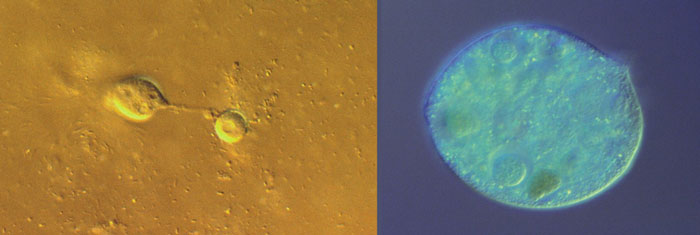Eucarya
A eukaryote is an organism whose cells are organized into complex structures enclosed within membranes. Many living organisms we are familiar with, including all animals, plants, and fungi, are eukaryotes. The defining membrane-bound structure that differentiates eukaryotic cells from other types of cells is the nucleus. Cells without a nucleus are called prokaryotic cells, and living things composed of these types of cells are called prokaryotes.
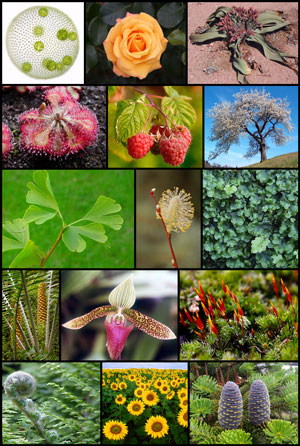
Figure 3.12: The plant kingdom (plantae) is one subcategory within the Eucarya domain.
This image is licensed under a Creative Commons Attribution Share-Alike 3.0 License, and comes from URL: https://eapbiofield.wikispaces.com/
Some common eukaryotes are shown here.
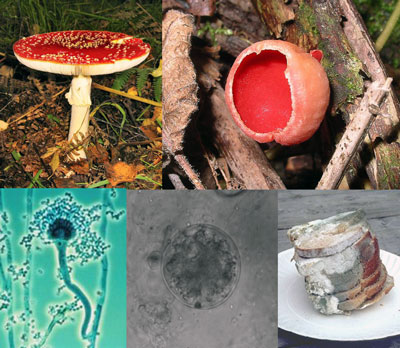
Figure 3.11: The fungi kingdom is also a subcategory of the Eucarya domain.
This image is licensed under a Creative Commons Attribution Share-Alike 3.0 License, and comes from URL: https://eapbiofield.wikispaces.com/
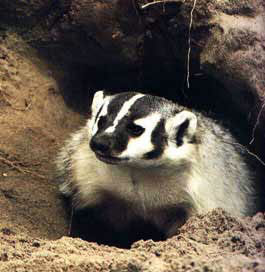
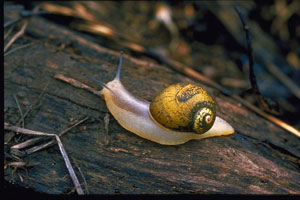 Figure 3.13: A badger, a common burrowing carnivore and member of the animal kingdom (animalia), and a green snail, also a member of the animal kingdom.
Figure 3.13: A badger, a common burrowing carnivore and member of the animal kingdom (animalia), and a green snail, also a member of the animal kingdom.
Images from URL: http://www.washington.edu/burkemuseum/ and http://www.agric.wa.gov.au/objtwr/ikmp/images/4310012greensnail.jpg
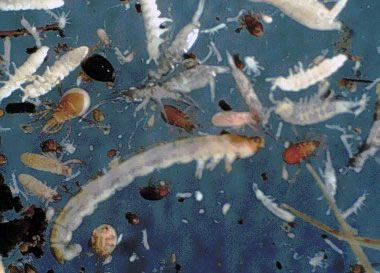
Figure 3.14: All members of the animal kingdom (animalia), including humans and this collection of arthropods taken from a typical Berlese sample, are also part of the Eucarya domain.
Image from URL: http://www.cals.ncsu.edu/course/ent525/soil/
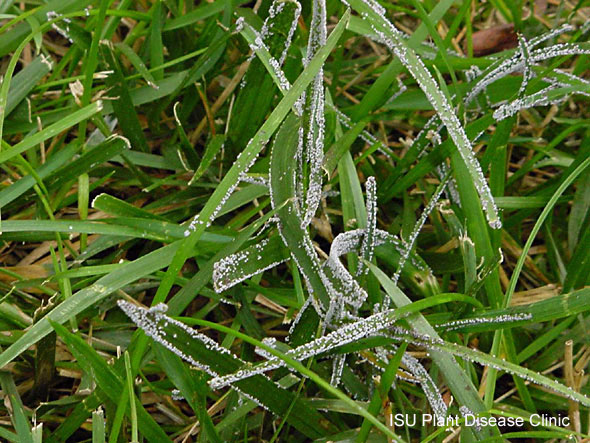
Figure 3.15: Members of the kingdom protista, such as this slime mould growing on grass and soil, are also part of the Eucarya domain.
Image from URL: http://www.plantpath.iastate.edu/
Which eukaryotes are most abundant in the soil? To explore deeper, check out the Soil Development and Soil Life virtual classroom biology link from the Radboud University Nijmegen.
